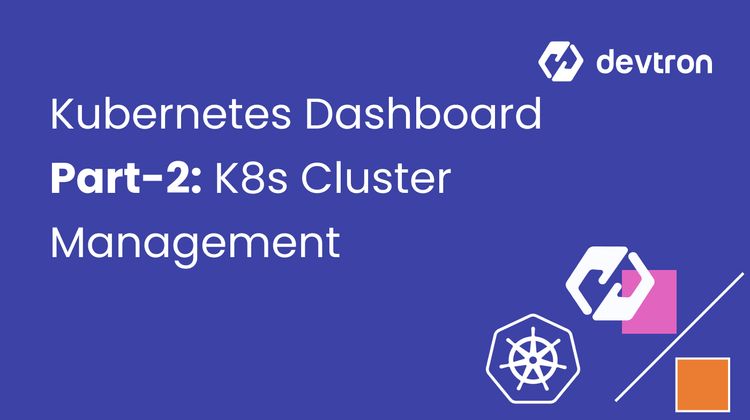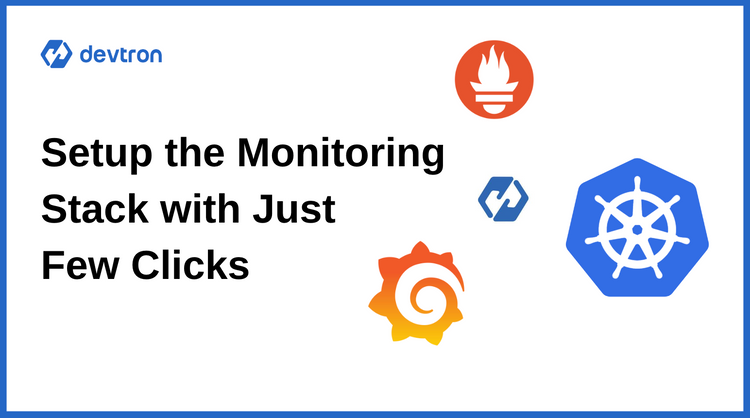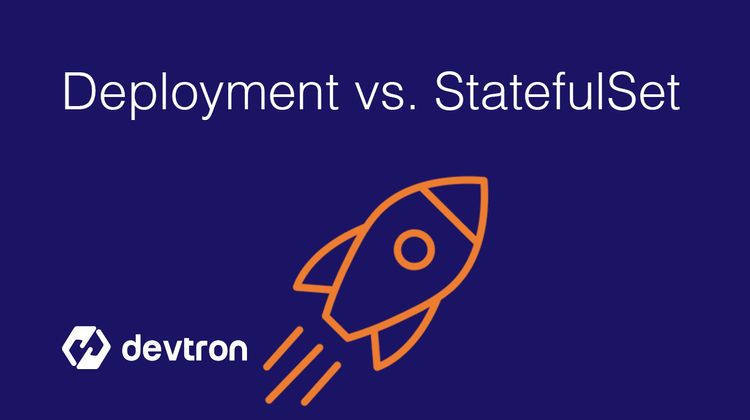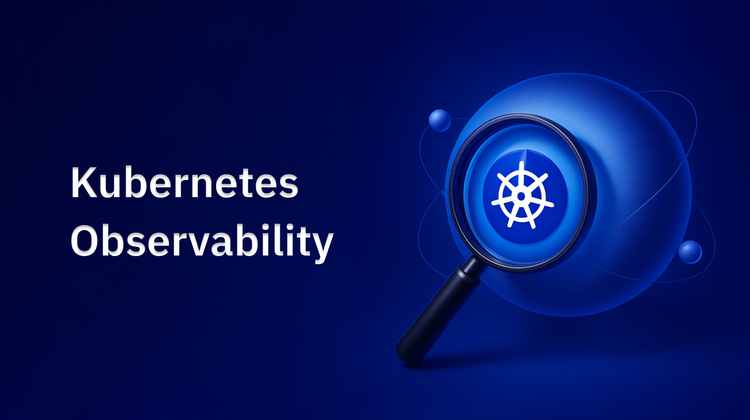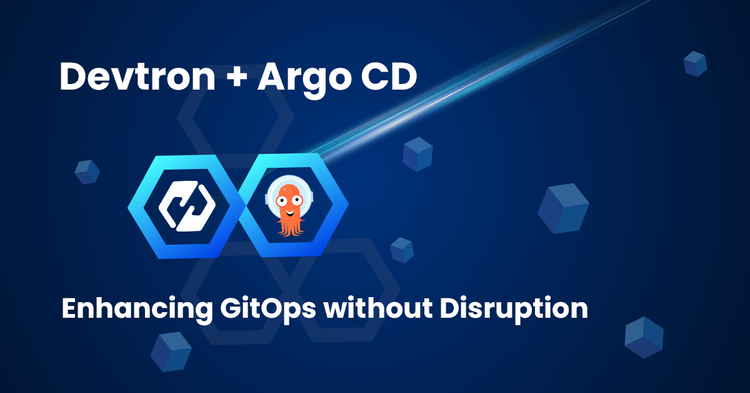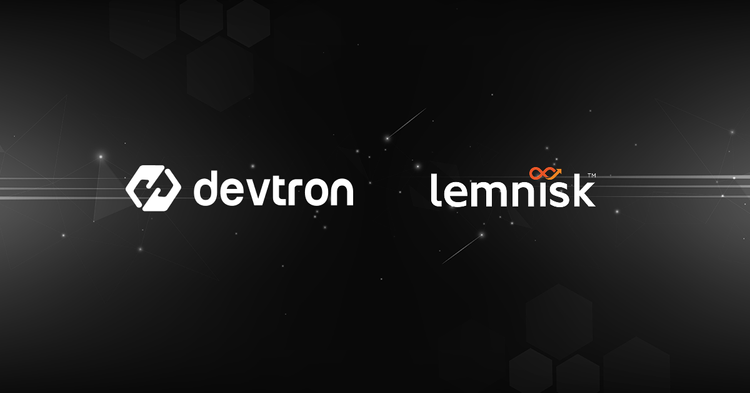Kubernetes Cluster Management with Devtron Dashboard
TL;DR: In this blog, the author talks about the burning issues in cluster management and how Devtron's Kubernetes dashboard helps you to manage the on-prem/ cloud Kubernetes clusters efficiently through an intuitive dashboard.


